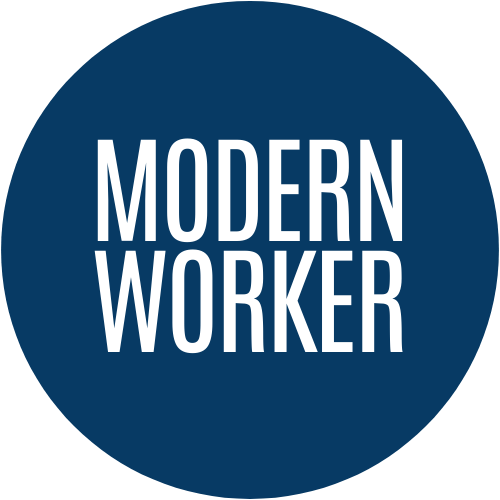Remote vs. Hybrid vs. Office: Data-Driven Comparisons for the Modern Worker

The New Geography of Work
The workplace has undergone its greatest transformation in living memory. Once defined by cubicles and watercooler chatter, it now spans Zoom calls across time zones, coworking spaces in Bali, and reimagined office hubs in global cities. But which model — remote, hybrid, or office-first — delivers the best results for workers and companies?
To answer that, we need more than hot takes. We need data.
📊 A Quick Snapshot: What the Research Says
- Remote work increases productivity by 13% on average, according to a Stanford study, but risks isolation and lower collaboration quality.
- Hybrid models are linked to the highest employee satisfaction (McKinsey, 2024) — offering flexibility without full detachment.
- Office-first setups foster stronger mentorship and faster promotions (Harvard Business Review), but carry higher commute stress and retention risks.
1. Productivity & Performance
Remote:
- ✅ Deep work thrives without commute or constant interruptions.
- ⚠️ Risk of digital fatigue and “always-on” culture.
Actionable Strategy: Build time-boxed deep work blocks and adopt “digital shutdown rituals” to prevent burnout.
Hybrid:
- ✅ Best of both worlds — solo focus time at home + collaborative sprints in the office.
- ⚠️ Requires intentional scheduling or hybrid days become chaotic.
Actionable Strategy: Create “anchor days” (e.g., Tues/Thurs in-office) for meetings, leaving remote days for execution.
Office:
- ✅ High accountability, fast decision-making.
- ⚠️ Prone to distractions, inefficient meetings, and longer commute recovery.
Actionable Strategy: Use no-meeting zones (e.g., mornings before 11 a.m.) to preserve focus even in-office.
2. Collaboration & Innovation
Remote: Collaboration depends heavily on tools (Slack, Notion, Miro).
- Actionable Strategy: Implement async-first communication to reduce “Zoom overload.”
Hybrid: Encourages dynamic brainstorming in person, but risks creating two-tier cultures (those in-office vs. remote).
- Actionable Strategy: Document everything in shared spaces so remote employees aren’t second-class citizens.
Office: Strong “collision moments” spark creativity.
- Actionable Strategy: Use cross-department hackathons to capture the serendipity of in-person exchanges.
3. Career Growth & Networking
- Remote workers are often overlooked for promotions (MIT Sloan research).
- Hybrid workers see the best balance if companies maintain transparent promotion criteria.
- Office workers benefit from proximity bias — being seen equals being remembered.
Actionable Strategy for Remote/Hybrid Workers:
- Schedule visibility rituals: weekly progress emails, quarterly “impact summaries,” and active LinkedIn presence.
4. Mental Health & Work-Life Balance
Remote:
- Freedom to design life, but loneliness is real.
- Strategy: Join local coworking spaces or professional communities to replace social gaps.
Hybrid:
- Social nourishment + home comfort.
- Strategy: Use commuting days for networking lunches and intentional bonding, not just “desk time.”
Office:
- Built-in camaraderie but highest commute stress.
- Strategy: Optimize commute (audiobooks, walking part-way) to reclaim lost time as personal growth.
5. Cost & Lifestyle Impact
- Remote: Saves ~$6,000/year (Global Workplace Analytics) in commuting, eating out, and wardrobe.
- Hybrid: Middle ground — lower costs than office, but still some travel expenses.
- Office: Most expensive, though some perks (meals, gym) offset slightly.
Actionable Strategy: Remote and hybrid workers should channel cost savings into professional upskilling or wellness investments to maximize the long-term value of flexibility.
Which Model Fits You? (Decision Framework)
| Factor | Remote | Hybrid | Office |
|---|---|---|---|
| Productivity | High (solo) | High (balanced) | Medium (interruptions) |
| Collaboration | Medium (tool-dependent) | High (dynamic) | High (serendipity) |
| Career Growth | Lower visibility | Balanced | Higher visibility |
| Mental Health | Risk of isolation | Balanced | Stronger social ties |
| Costs | Lowest | Moderate | Highest |
Takeaway: There’s no one-size-fits-all. The “best” model depends on your career stage, personal priorities, and company culture.
FAQs
Q: Which is better for career growth — remote, hybrid, or office?
Hybrid generally offers the best balance. Fully remote workers risk visibility issues, while office workers benefit from proximity bias.
Q: Do remote workers actually work more?
Yes — remote employees average 1.4 more days per month of productivity, but burnout risk is higher.
Q: Is the hybrid model just a fad?
No. Gartner projects 81% of companies will maintain hybrid models through 2030.
Q: How do I make remote work sustainable long-term?
Set boundaries, invest in social outlets, and document achievements for visibility.
Final Take
Remote, hybrid, and office-first aren’t just policies — they’re lifestyle choices with real consequences for productivity, health, and career growth. The data suggests hybrid wins on balance, but success in any model comes down to intentional strategies.
The future of work won’t choose for you. You need to design it.




